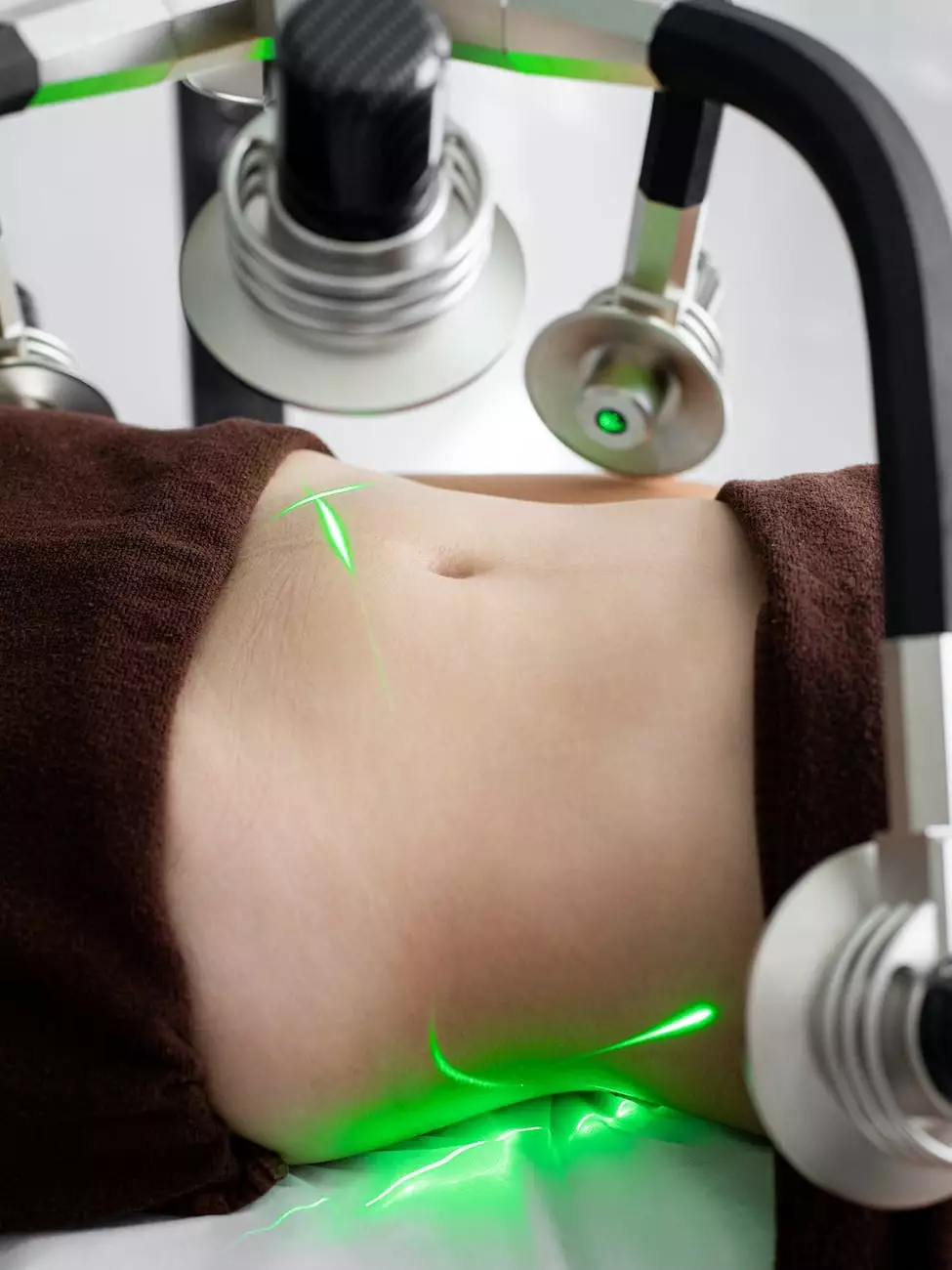Tori Removal or Reduction
Services
What are Tori?
Tori, also known as torus or exostosis, are bony growths that can develop in the mouth. They typically appear on the roof of the mouth (torus palatinus) or on the sides of the lower jaw (torus mandibularis). These growths are usually benign and harmless, but can sometimes cause discomfort and create challenges in dental treatments.
The Need for Tori Removal or Reduction
In certain cases, tori may need to be removed or reduced to improve oral health and enhance the success of dental procedures. It is important to consult with an experienced dentist to assess your specific situation and determine the most suitable treatment approach.
Benefits of Tori Removal or Reduction
- Improved oral hygiene: Tori can make it difficult to clean the mouth properly, resulting in plaque buildup and an increased risk of gum disease. Removing or reducing tori can improve your ability to maintain good oral hygiene.
- Enhanced comfort: Large tori can cause discomfort or pain, especially while eating or speaking. Removing or reducing these growths can alleviate such discomfort, allowing you to enjoy your favorite foods and speak without any hindrances.
- Facilitates dental procedures: Tori can interfere with various dental treatments, such as denture placement, orthodontic treatments, or oral surgeries. By removing or reducing tori, the success and outcome of these procedures can be significantly improved.
Tori Removal or Reduction Procedure
The exact procedure for tori removal or reduction may vary depending on the size, location, and individual circumstances. During an initial consultation, your dentist will evaluate your tori and develop a personalized treatment plan. The procedure generally involves the following steps:
- Administration of local anesthesia: To ensure your comfort throughout the procedure, a local anesthetic will be used to numb the treatment area.
- Tissue preparation: The dentist will create a small incision or access point near the tori to gain access to the underlying bone.
- Tori removal or reduction: Using specialized tools, the tori will be carefully removed or reduced to a manageable size. The dentist will ensure that the procedure is performed with precision and minimal trauma to the surrounding tissues.
- Suturing and post-operative care: Once the necessary tori have been removed or reduced, the incision may require suturing. Proper aftercare instructions will be provided to promote healing and minimize any potential discomfort.
Recovery and Aftercare
After tori removal or reduction, it is normal to experience some swelling, discomfort, or mild bleeding. These symptoms can be managed effectively with prescribed pain medication and cold compresses. Maintaining good oral hygiene and sticking to a soft-food diet during the initial healing phase will promote speedy recovery.
Contact Robert Miller, DDS for a Consultation
If you are experiencing issues related to tori or are considering tori removal or reduction, it is crucial to seek professional advice. Robert Miller, DDS, a leading expert in dental services, offers personalized consultations to assess your unique needs and provide the most appropriate treatment plan. Contact us today to schedule an appointment and take the first step towards a healthier and more comfortable oral cavity.




